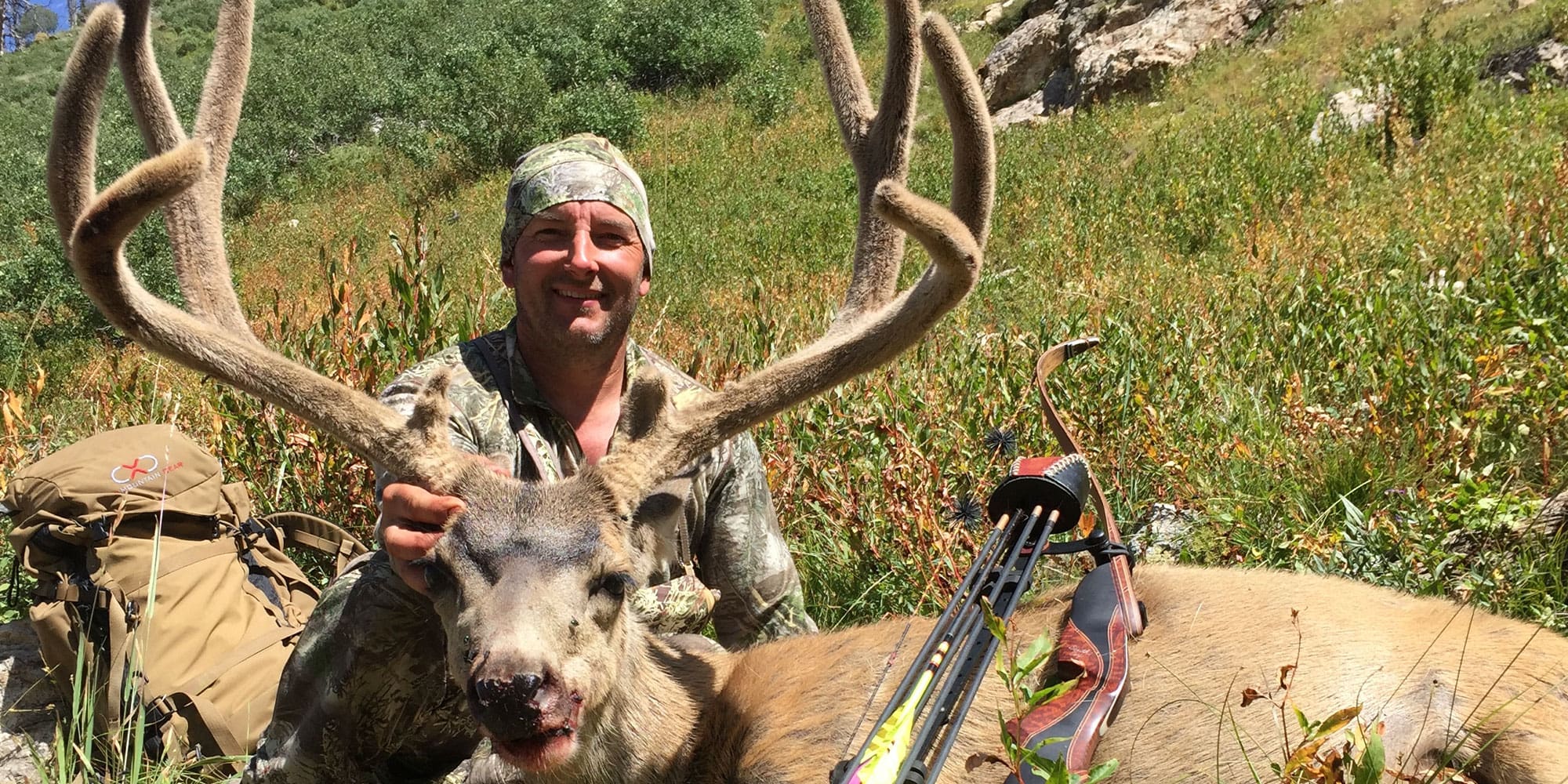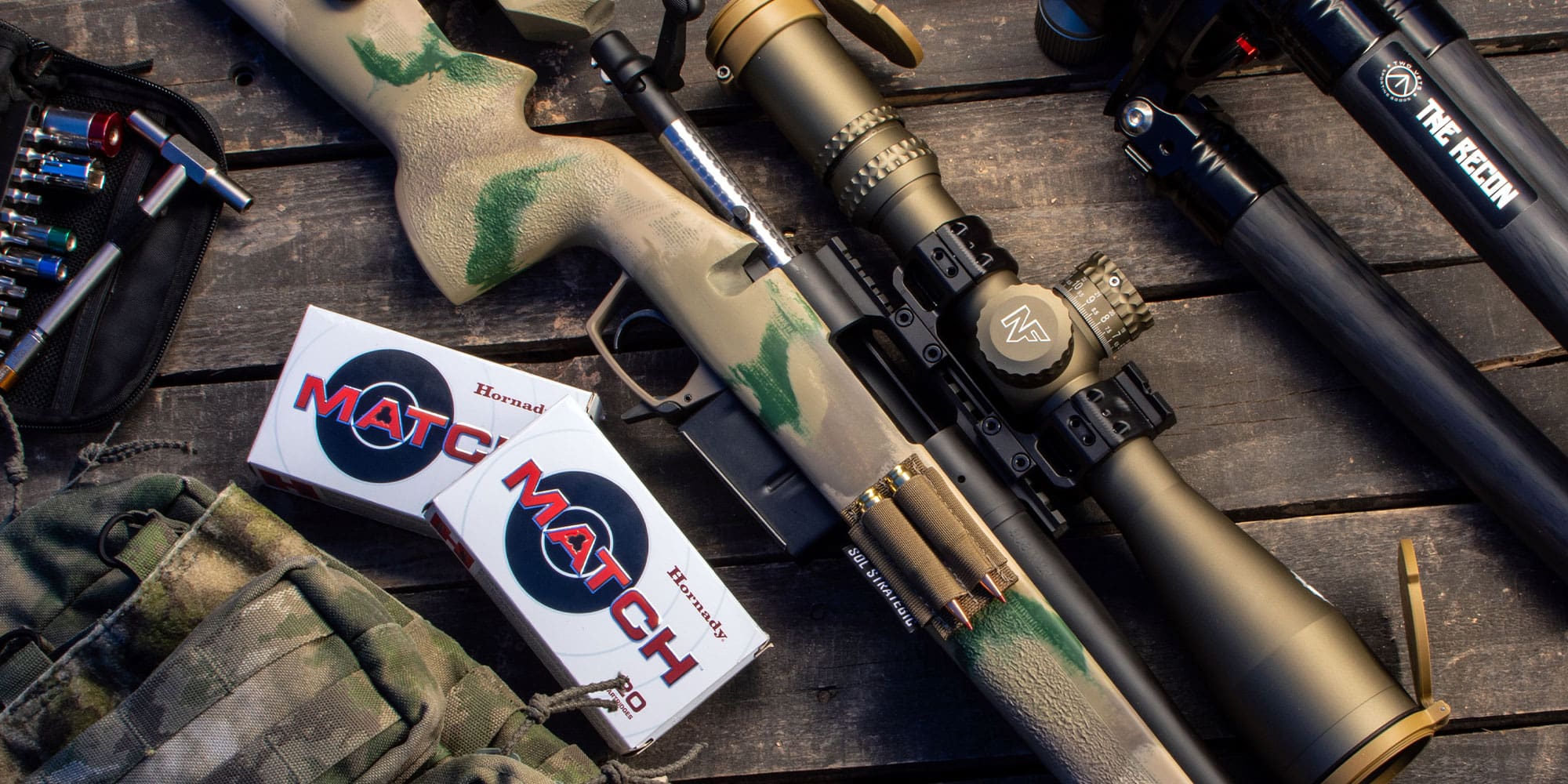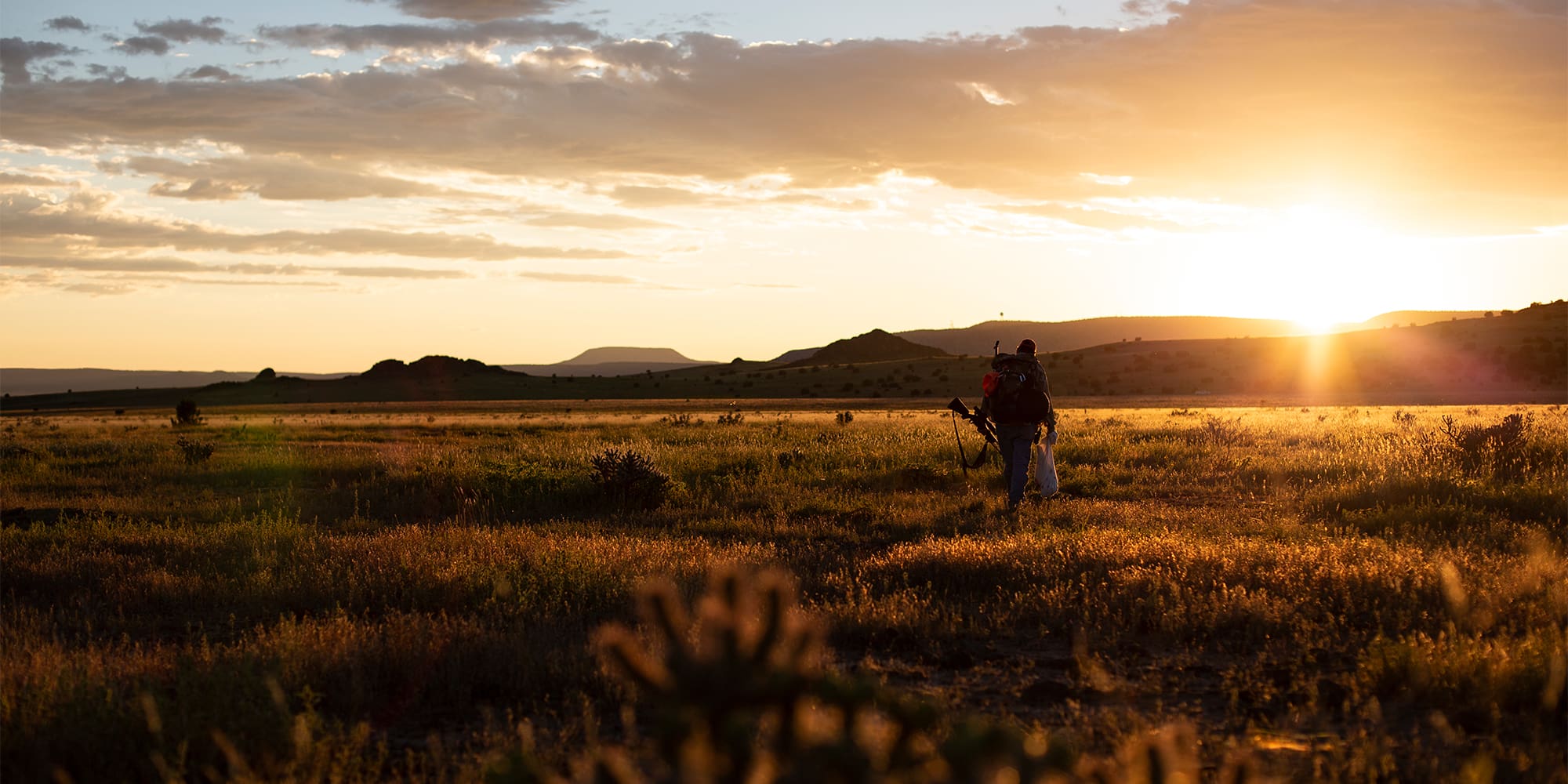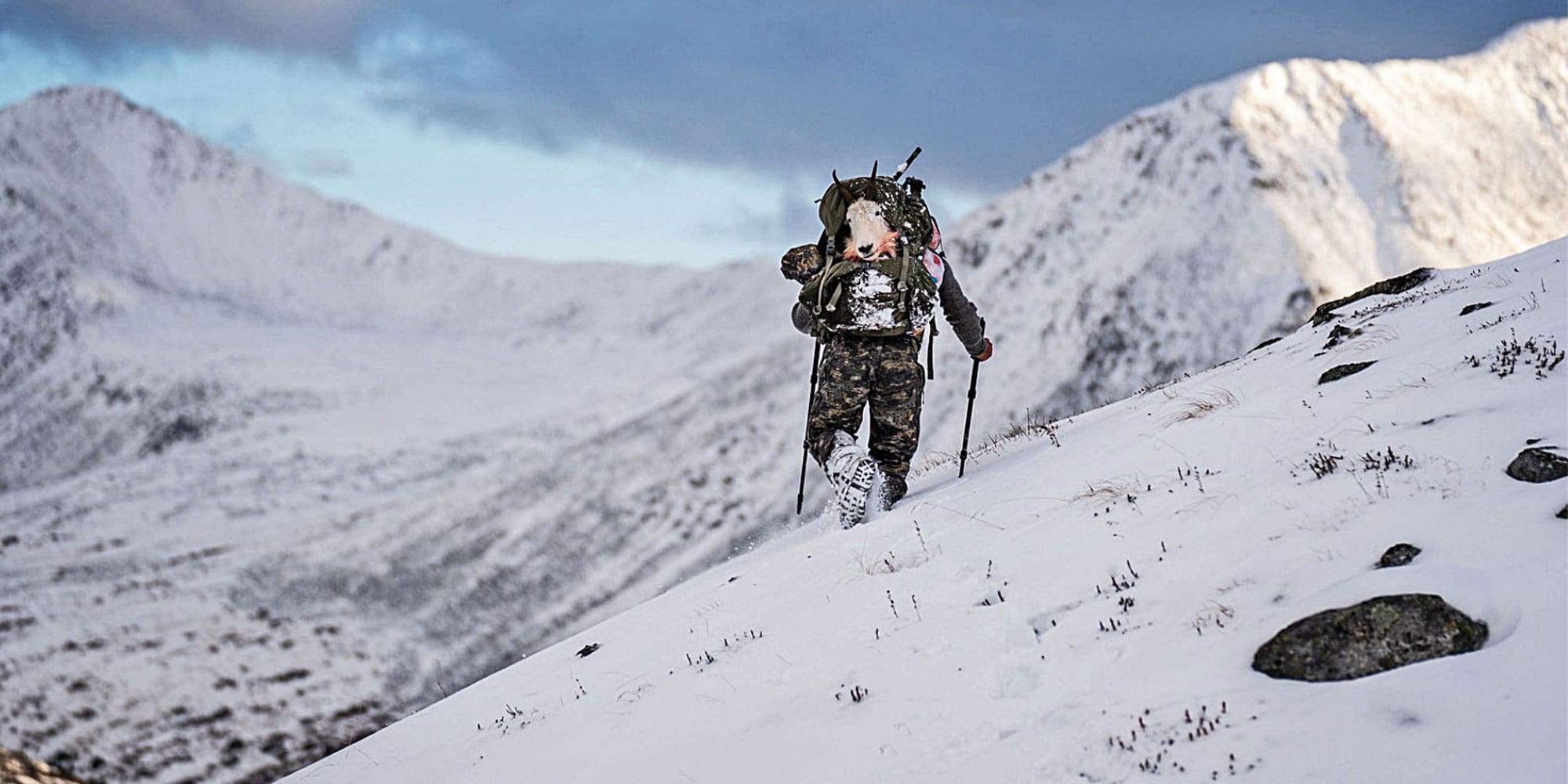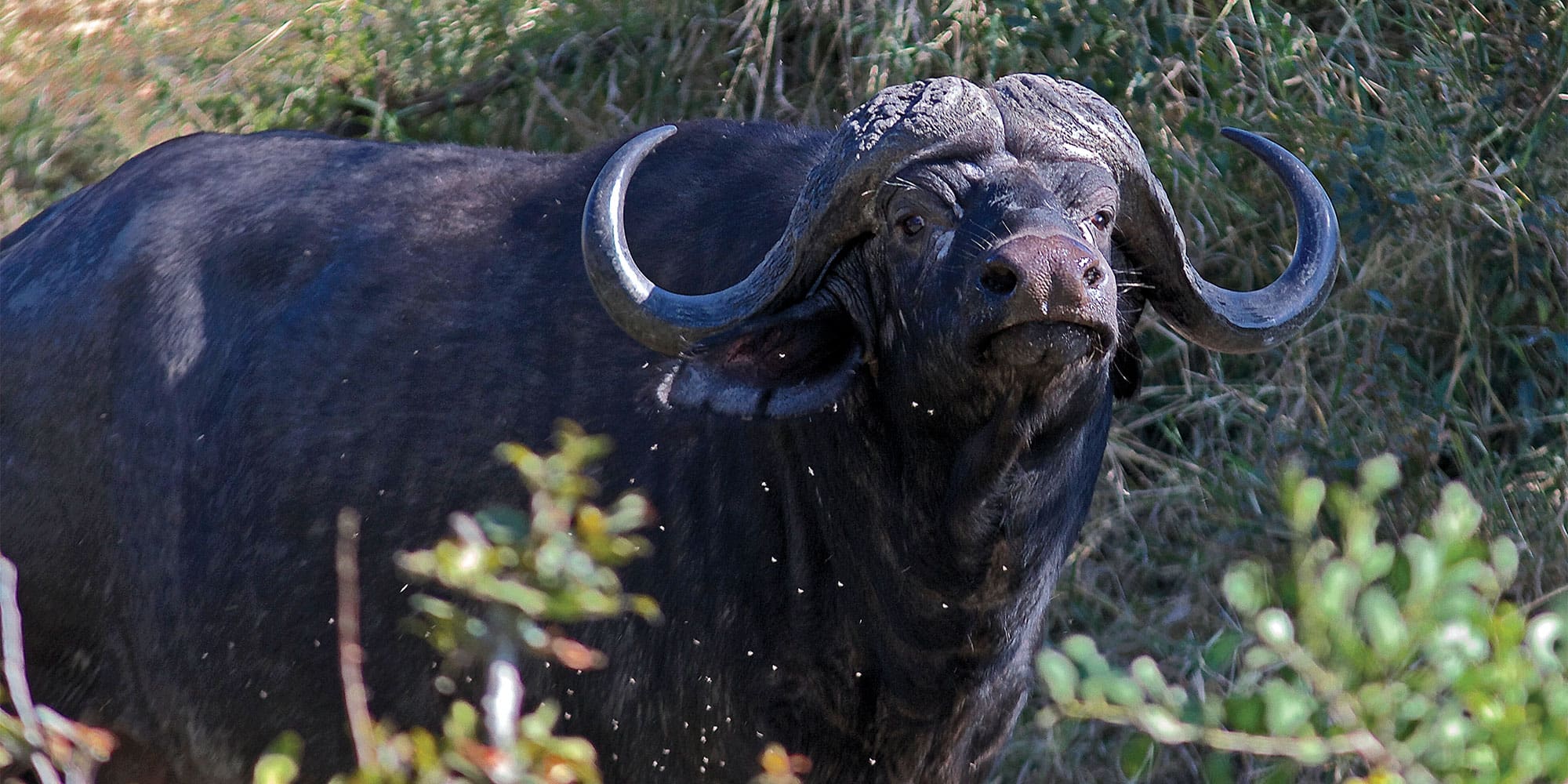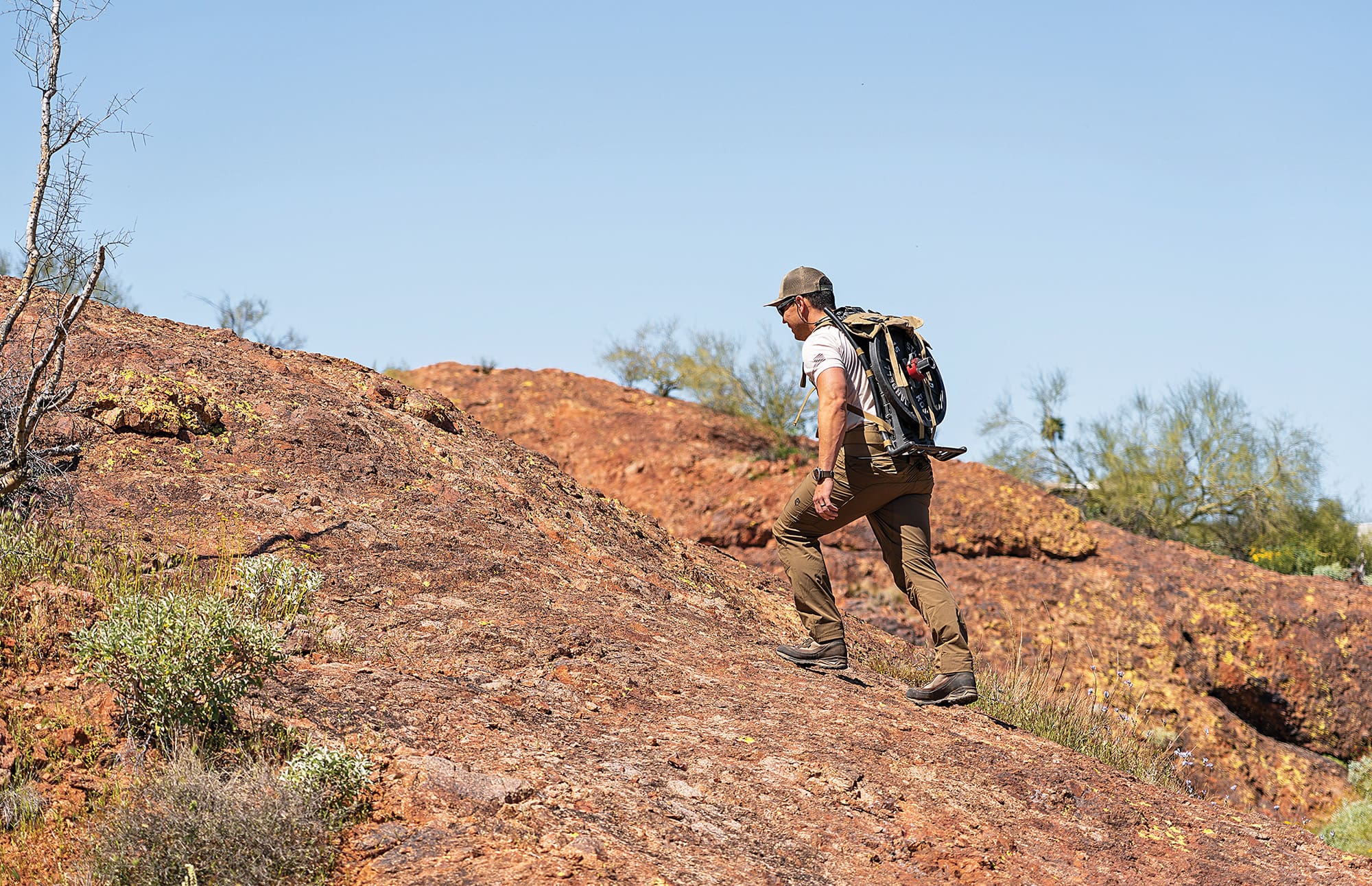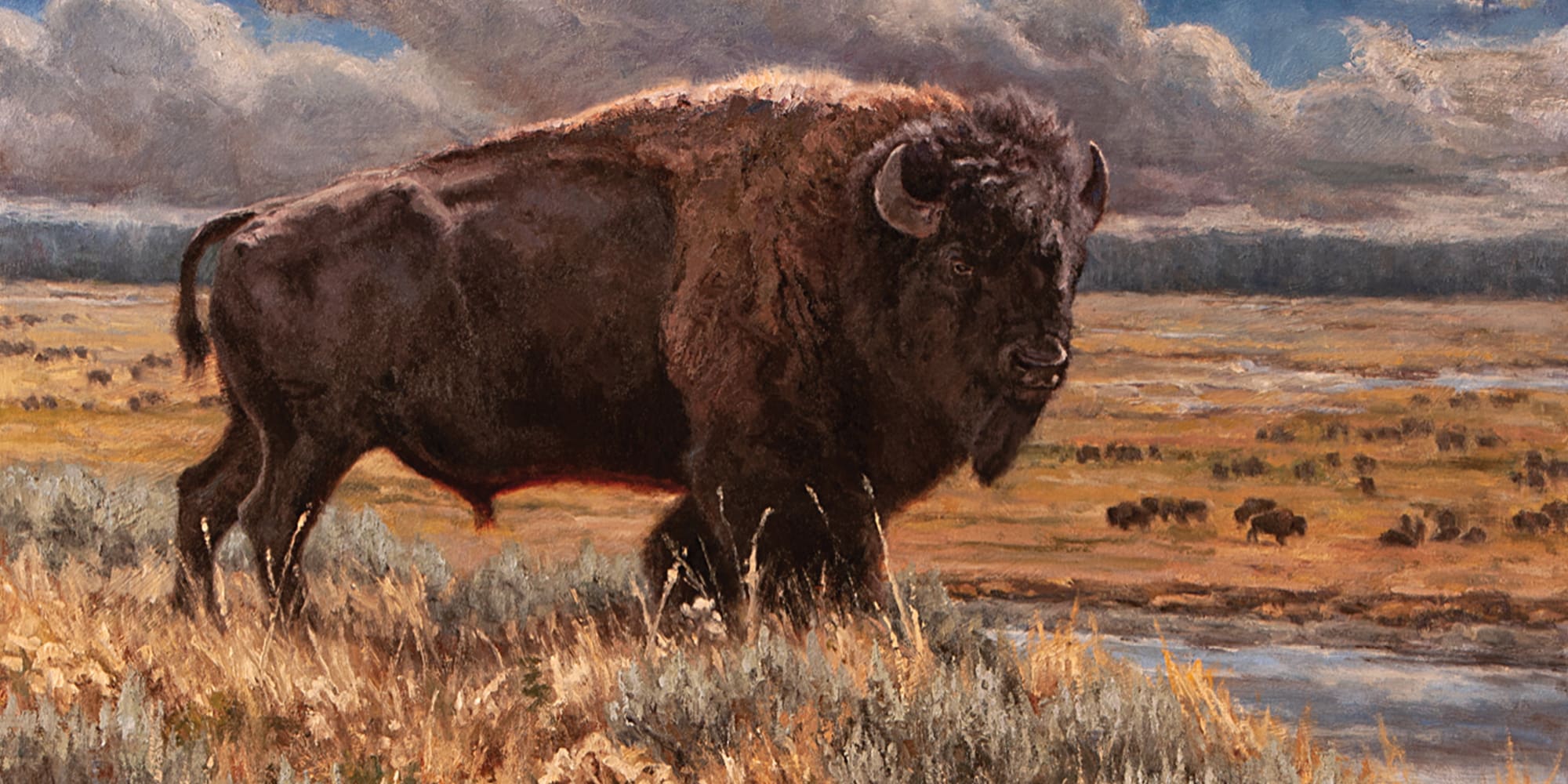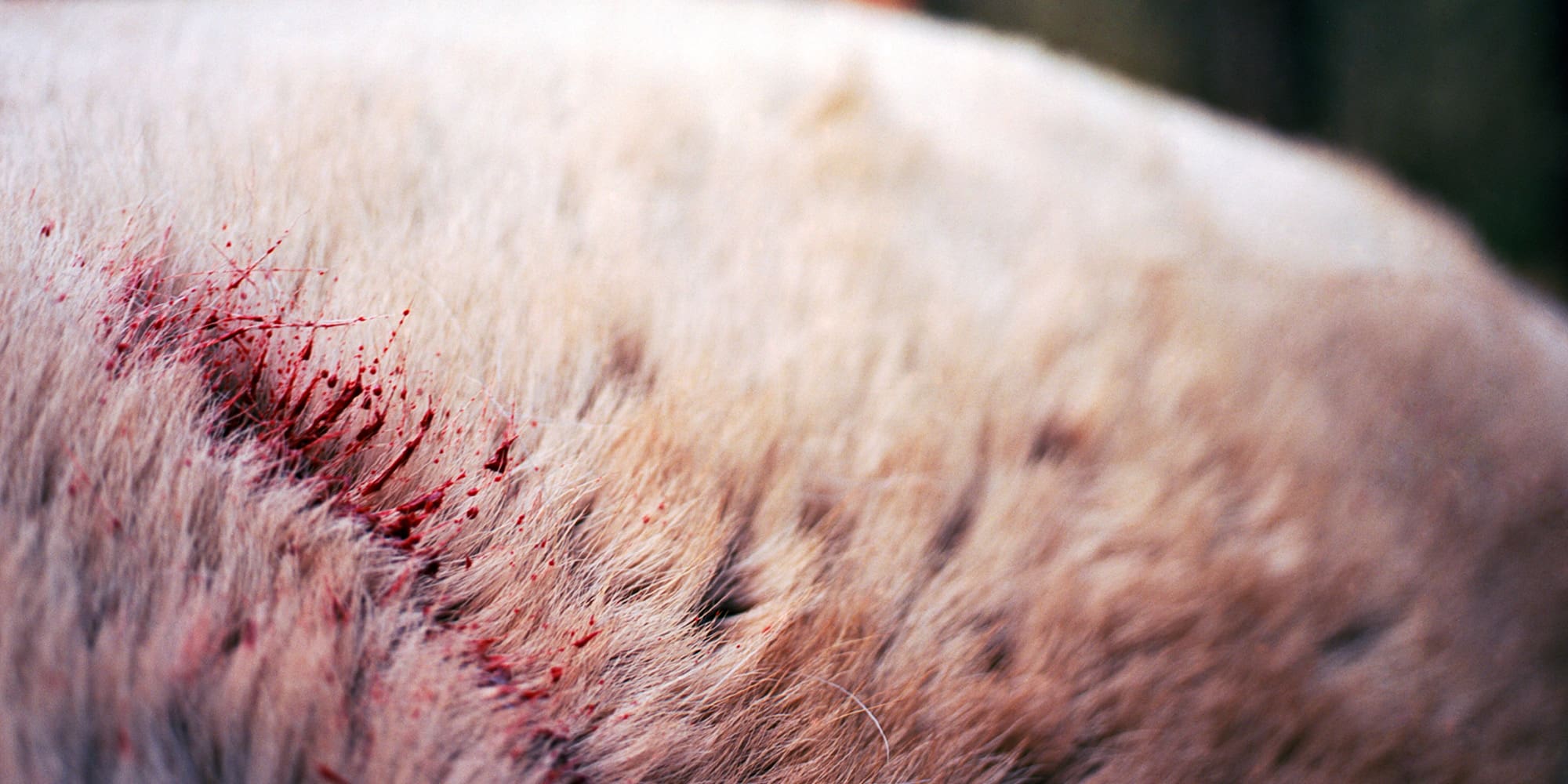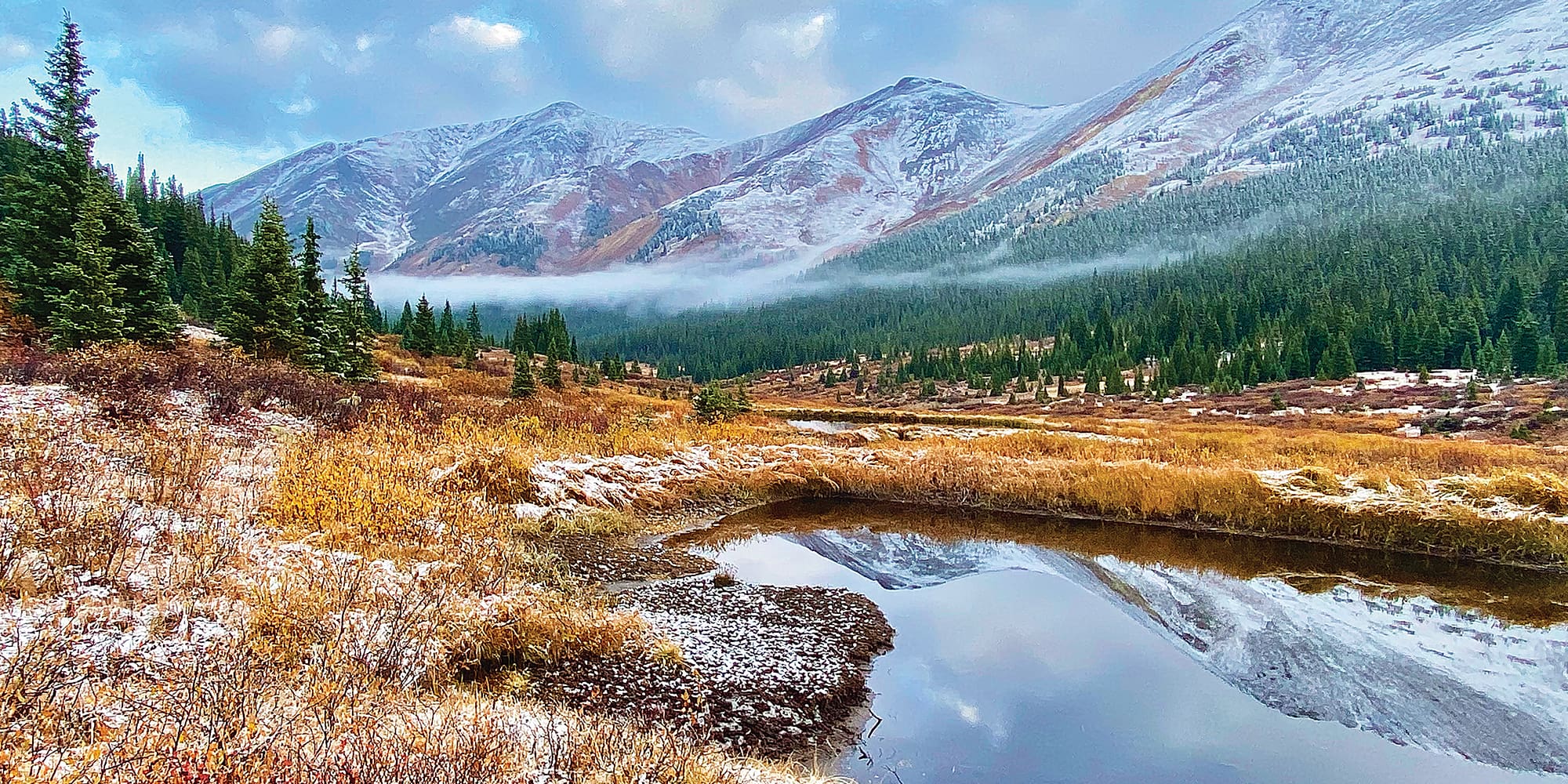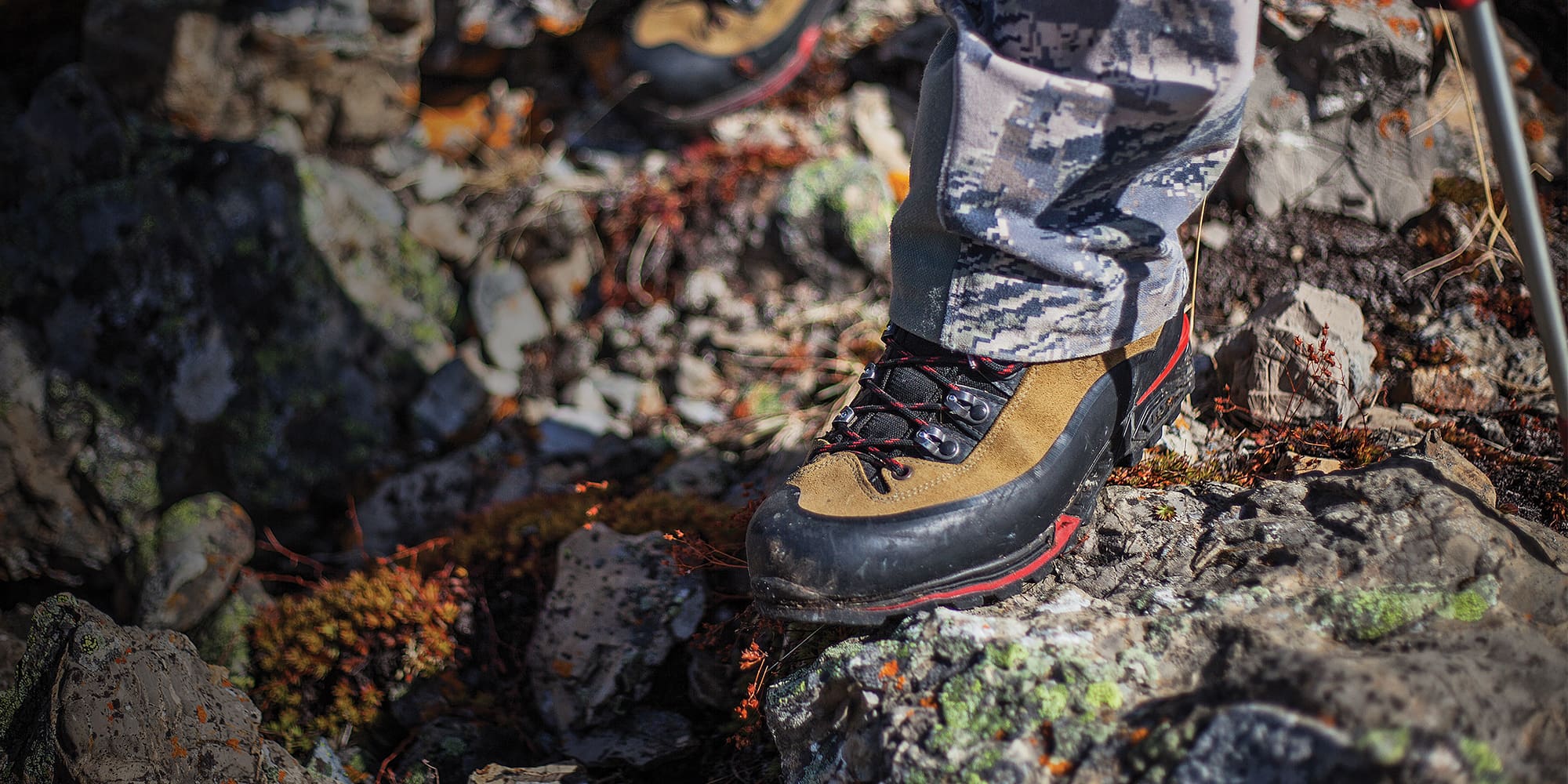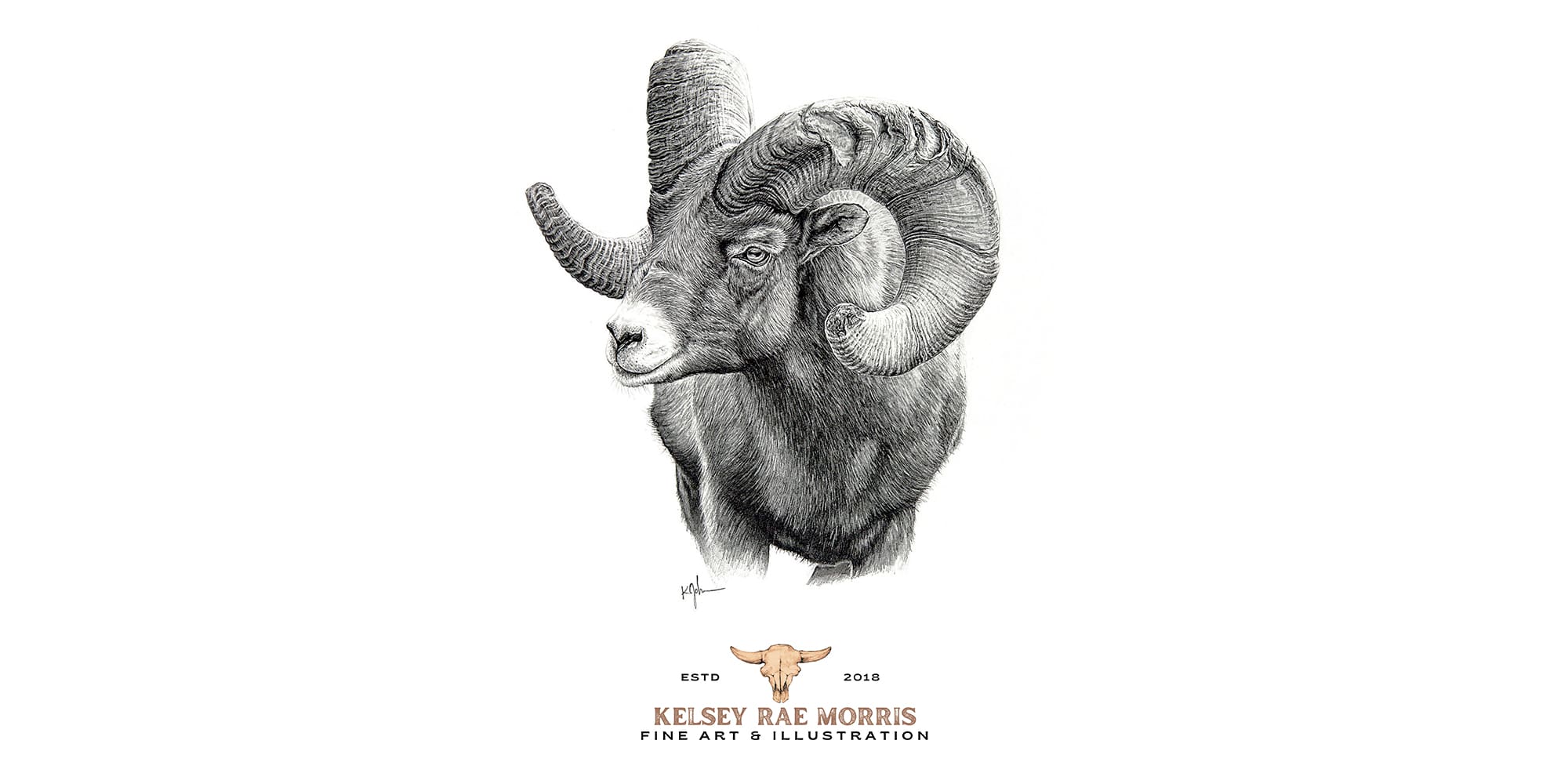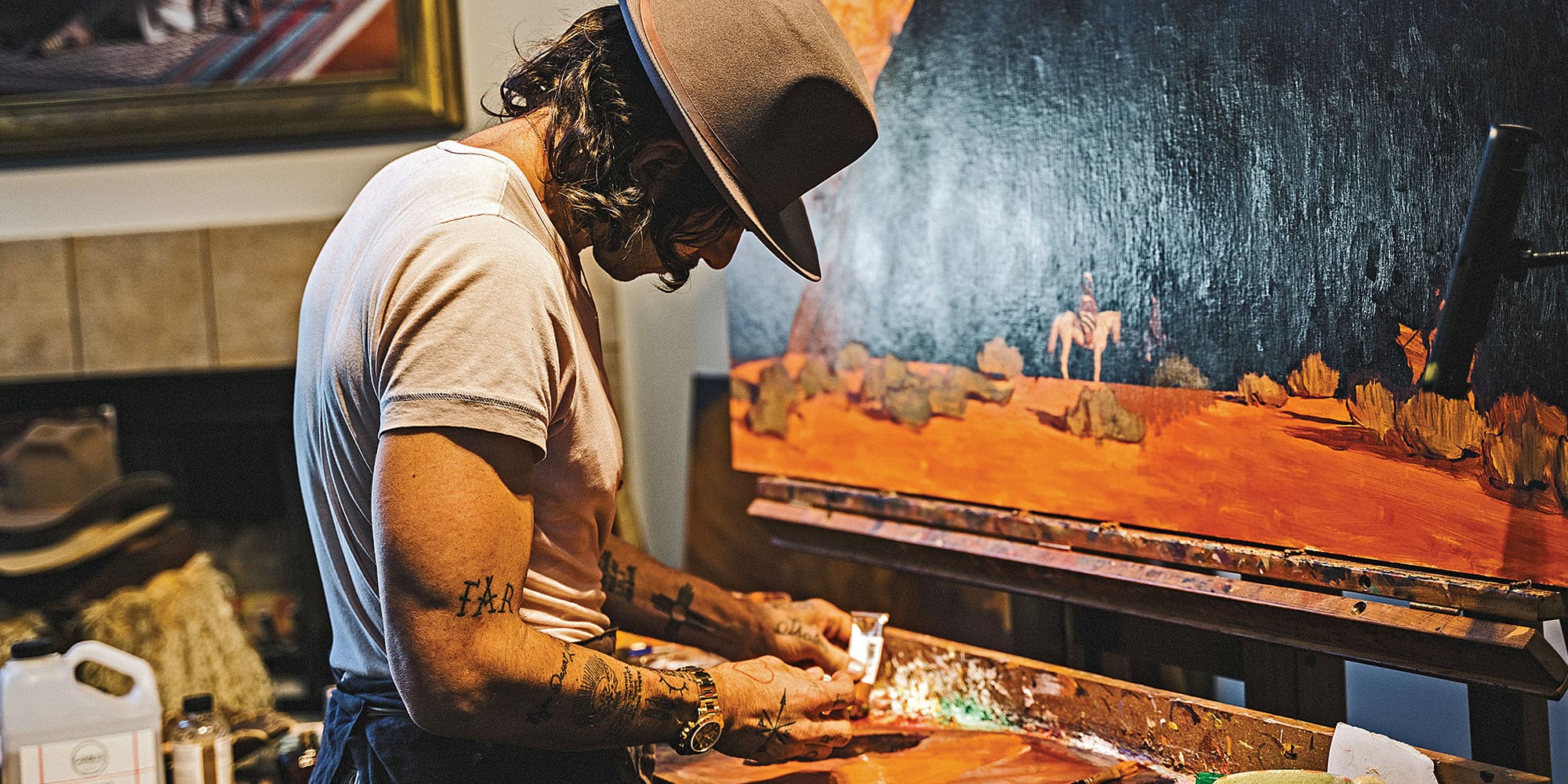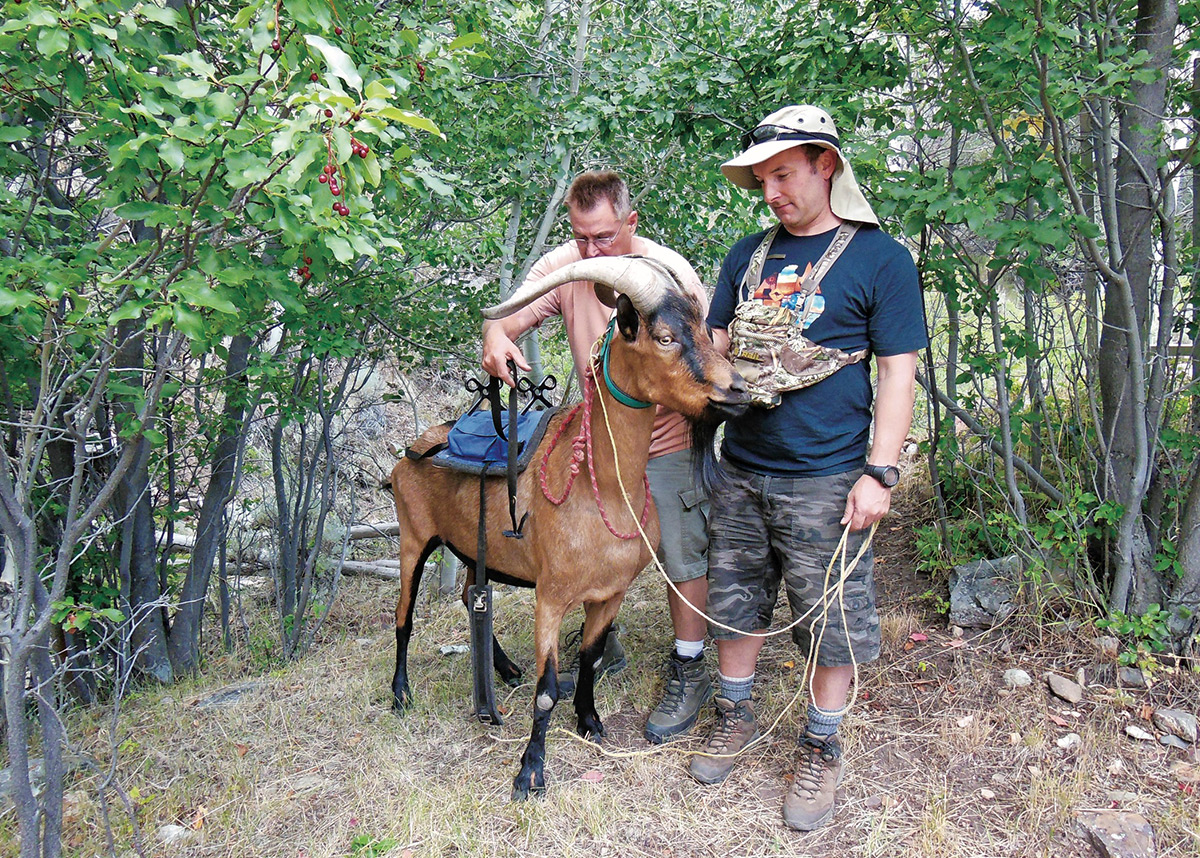
NOTICE: Certain links on this post may earn a commission for Western Hunter Magazine from Amazon or our other affiliate partners when you make a purchase. Thank you for your support.
The Backpack Hunter's Friend - Pack Goats
If you’re even remotely interested in the idea of someone (or something) else carrying your gear into the mountains and your freshly acquired meat back out, then you need to consider goats and llamas. We covered llamas in Part 1 of “The Backpack Hunter’s Friend”. Now we’ll cover pack goats.
I’ve spent a lot of years on the trail. On some of those trips, I had animals carrying my loads, but on most, it was my own two legs ferrying my camp in and - if I was lucky - my camp and kill back out. It’s especially at these times, with an over-burdened pack, that the thought “there must be a better way”, occupies my mind.
As I outlined in the previous article, I’ve used horses, mules, llamas, and finally, pack goats. Each animal has its place and each fills a different niche. The pack goat, however, may fit the needs of the backpack/backcountry hunter the best.
What Makes Pack Goats Different?
Bigger isn’t always better. On paper, having one animal that can pack 150 lbs. of gear would seem more efficient than two llamas or three pack goats for the same job. A packhorse or a llama lends itself well as a gear transporter to and from the trailhead to basecamp, but the time between the two events, they remain staked out at basecamp. A llama or horse is more aloof, like a cat, while a goat is more like the family dog and wants to be with you at all times. Thus, instead of staying in basecamp all week, the goats accompany you during the hunt.
This may seem like a drawback, but it can be quite beneficial. My first concern was that the goats would spook game. My friend, Rodney York, who I’ve hunted with (along with his goats), assured me that deer, elk, and the other game are either curious or ignore their presence. He’s had mule deer walk within stickbow range as they tried to identify the foreign-looking animals, and on many occasions, antelope charged inside of 30 yards as the goats crowed around him for “protection”.
On an encounter I read about, a 300-class bull worked his way into a grove of aspens a goat packer was occupying and started raking his antlers on a tree. One of his goats walked up to the bull and started raking his horns on a tree next to the bull. The bull stopped, looked the goat over, and then resumed his destruction of the aspen. Rodney has rattled off a number of such wildlife/goat encounters; enough so that it has eased my apprehension of having goat company on a daily basis.
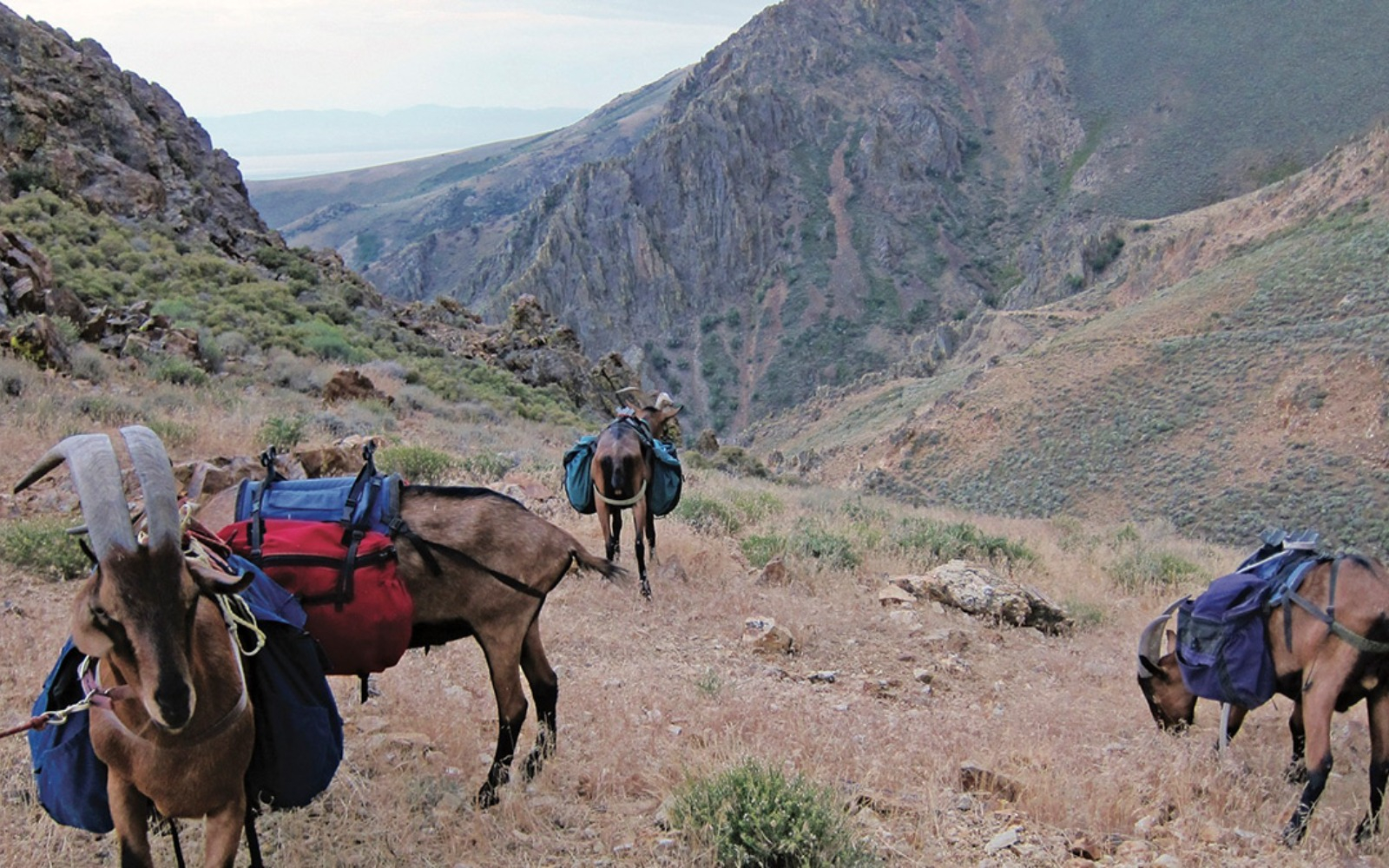
A couple of more plusses of having goats with you daily is you won’t have to carry a big pack while you hunt; the goats will carry the load. Also, if you fill your tag, you can load the animals then and there, rather than having to return to camp to fetch a pack animal. If you need to stalk an animal, simply tie the animal off to a tasty bush or tree and that’ll keep them occupied while you’re sneaking.
On the downside, it will take longer to get out of camp in the morning, dealing with loading your goats. Unlike a horse though, it only takes a couple of minutes to saddle a goat. The pack saddles and panniers are really light and only take a few straps and buckles to secure them in place.
Pack Goat Facts
Intrigued so far? Well, let’s explore further the attributes and idiosyncrasies of pack goats.
Pack weight: Pack goats are almost always Wethers (neutered males). A mature pack goat, four years and older, can carry about 25% of their body weight, or about 50 lbs. Some goats exceed 250 lbs., and some packers will load their animals up to 30% of their body weight, depending on terrain, age of the animal, and the hardiness of a particular animal.
Longevity: Just remember, the heavier you load your animal and longer you pack with them at max weight, the shorter its packing life will be. If you’re packing in steep country or treacherous terrain, you’d be wise to load the animal a little lighter. You can expect your pack goat to pack until he’s about 12-14 years old, decreasing his weight as he nears “retirement”.
Attributes: You can roll the dice and buy a goat from a dairy or fairgrounds, but working with a person who breeds pack goats is safer, at least until you have experience in judging good body conformation. Think of your goat as an athlete - not too heavily muscled, as it will be prone to overheating; tall, but not too lean. An experienced breeder will have goats with desired traits and can help you match qualities to your needs.
Imprinting: Ideally, your pack goat will be bottle-fed, at least the first few days of its life. During the first day of its life, it should be taken from its mother for at least a few hours and handled by people to “imprint” on them. You want your goat to think of people as strange-looking members of its herd.
Cost: Expect to pay $75-$150 for an untrained pack goat and $250-$600 for a goat with packing experience. Buying a goat from a reputable breeder should assure that you’ll be getting a goat from proven pack stock and one that will have the prerequisite work done to make bonding to your animal easier and faster.
Transport: This can be done in the back of a covered pickup or a trailer. My buddy loads four up into the back of his short bed Toyota Tundra. During transit, each animal is tied up short by a lead rope to his neck collar.
“Infrastructure”: You don’t need an expansive property to keep goats. A bare minimum would be 100 sq. ft. per animal, but pasture of sufficient size for your animal to comfortably run around would be preferable. Boulders, logs, or other obstacles your goat can climb will give him a more natural environment and help keep him fit. You’ll need to fence with 5-ft. high field/horse fencing and have a covered, three-sided shelter.
Feed: Goats will do fine on quality hay, but if they have brush or other browse to feed on, they’d be even happier. Small diameter branches from a local tree trimmer are great to offer your goats to supplement a hay diet.
You can also “rent” them out as lawnmowers and brush eaters. Even blackberry bushes and thistles are fair game in a goat’s eyes. A goat will eat a bit more than a ton of hay in a year’s time. It’s better not to feed goats older than five years old straight alfalfa, as it can lead to stones in the urinary tract.
Time: Plan on spending a few minutes each day to work with your goat on training, commands, and bonding. The stronger your goat is bonded to you, the harder he’ll be willing to work for you. Consider getting at least two as they prefer company.
If your goat lives on a flat pasture, he’ll need to be exercised with a good hike or a couple of walks a week. If you have a steep hillside, you’ll have to do less to get your goat in shape, though you’ll still want to put some weight on him to acclimate his muscles to carrying a load.
Horns or No Horns?
Using a pack goat with horns - large or small - may seem dangerous. The reality is that unless learned through bad behavior, goats really won’t use their horns against their handlers. The exception would be if a person grabs onto their horns. Especially if this is done repeatedly, they’ll often pick up this bad habit. If you need to discipline your goat, a squirt gun or a small swat across the nose will send the message.
Horns serve several important functions for a goat. First, they’re a defense against dogs or other predators. Second, they also serve as a cooling mechanism.
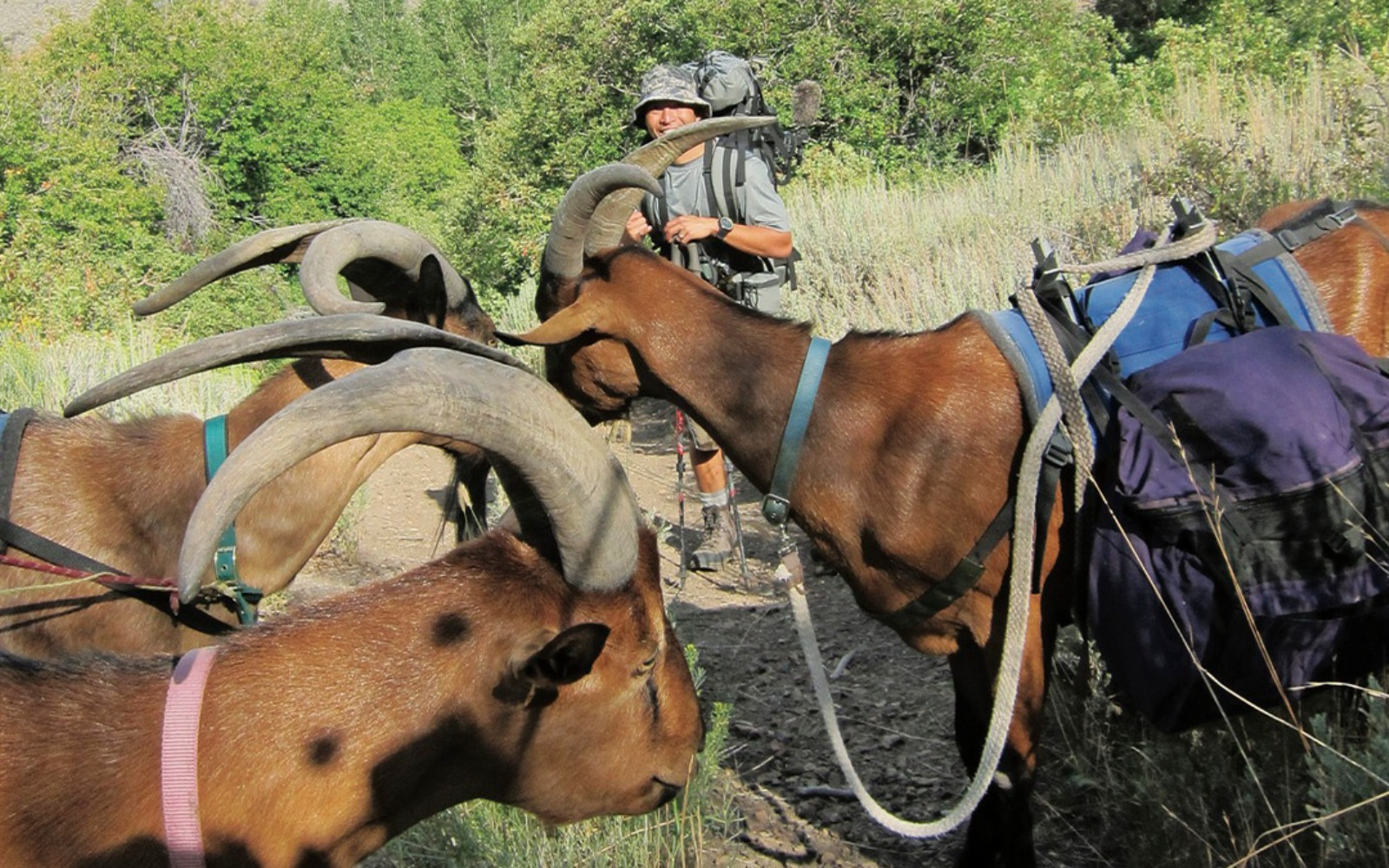
Some packers, particularly when packing with children, put a tennis ball on the end of the goat’s horn. This will protect from an accidental poke.
If you elect to have a hornless goat, it should be done when the goat is 10-14 days old. Horn growth is halted with a hot iron. If it’s done later, it has to be done surgically, a much more involved and expensive process.
Goat Gear
Packs/pads: There are two types of packs for packing - a soft pack and a crossbuck. The soft pack is made for training and carrying lighter loads. They’re generally a one-piece design, with the panniers integrated into the pack itself. Some hunters use these packs during the hunt because they’re lower profile, quiet material, are better in thicker cover. However, when it comes time to haul meat, a trip back to camp is necessary to get the crossbuck.
The crossbuck frames are made to carry heavier loads. They’re similar in design to the packsaddles you’ve seen used on horses or mules. The rigid frame keeps the weight up off the goat’s spine, making it more comfortable to carry heavier loads. Most are made from aluminum or wood. The aluminum can weigh up to 50% less than the wooden saddles but typically cost more.
You’ll also need saddle pads to put between the pack frame and the goat’s back. Expect to pay $120-$250 for the saddle, depending on manufacturer, design, and material. Some pack frames will come with pads integrated; others you’ll have to purchase separately.
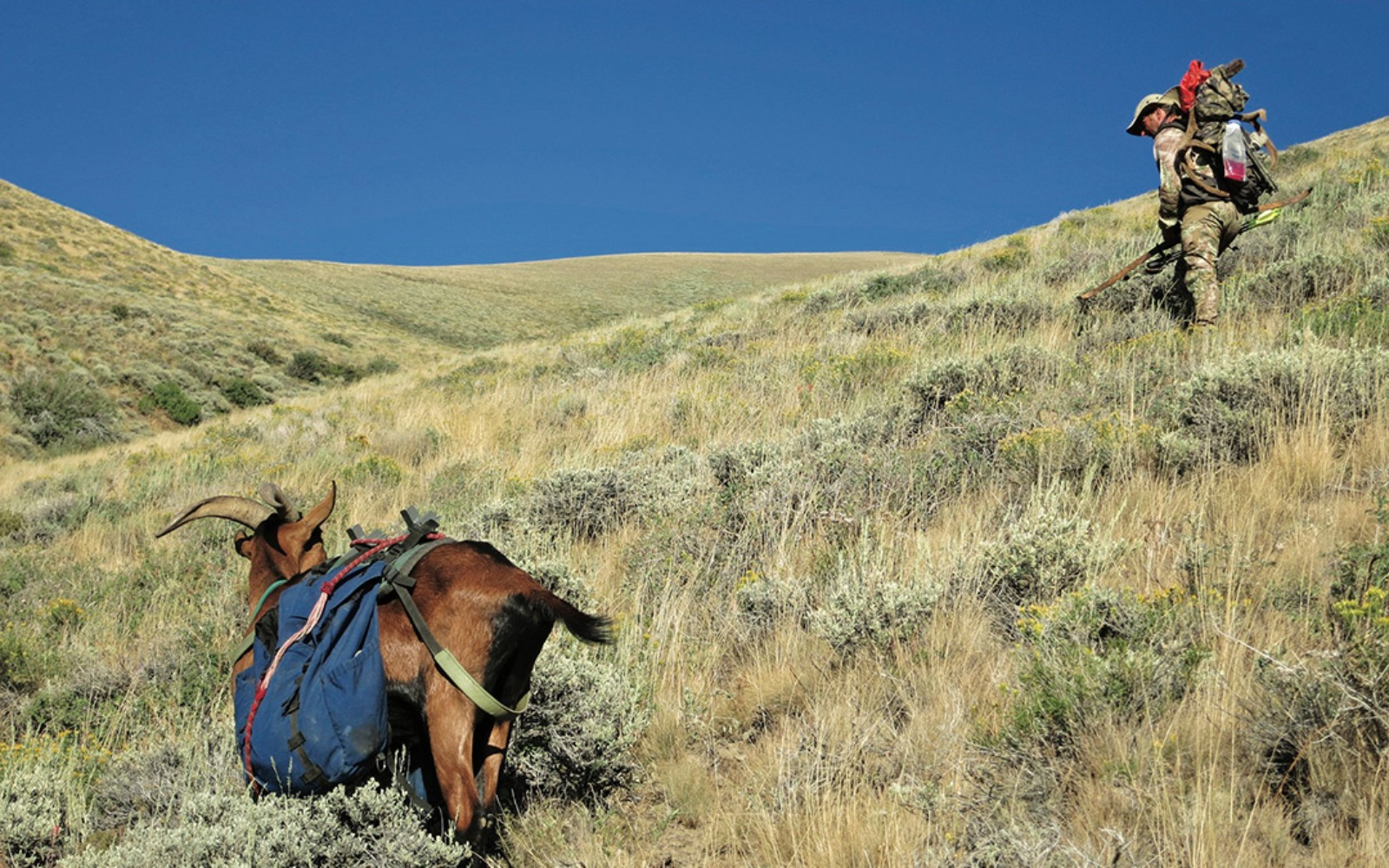
With either pack style, panniers need to be carefully weighed so that they’re within 1 lb. of each other. The panniers should also be loaded for a similar volume. I use a digital luggage scale I got off of Amazon for $20. Panniers will cost $75-$150 per pair.
Other tack: In addition to the packs and panniers, you’ll need a collar and lead rope for tying your animal out while on a stalk or if you need/want to string the animals together in a pack train. If you’re packing later in the season when it is really cold or expecting to encounter a lot of rain, you may want to get a “goat coat” to keep the animals more comfortable.
Worthy of Consideration
If you’re looking for a more enjoyable way to hunt the backcountry, without having to lug all of your gear yourself, consider a pack goat. If you’re inexperienced with packing animals, the smaller size of a goat is a lot less intimidating to learn on, the initial cost is much less, and the cost of keeping them is less. I’m personally looking hard at the pros and cons of hiring a packer vs. having my own animals. It’s pretty easy to get excited about the idea of not having to lug all of that gear around by myself!
Pack Goat Resources
- For books, packs, and all other things pack goat-related checkout Northwest Pack Goats & Supplies.
- The Pack Goat, by the father of goat packing, John Mionczynski of Wyoming. Published by The Reavis Company in Lander, Wyoming. Available through the publisher or on Amazon. A very informative book on goat packing; reads more like a novel than a manual.
- Practical Goat Packing, by Carolyn Eddy. A must-have A-Z manual on pack goats, available from northwest-packgoats.com
- The Goat Spot is a forum for the goat packing community. A great resource for reaching out to other packers with questions or to just lurk and learn.


